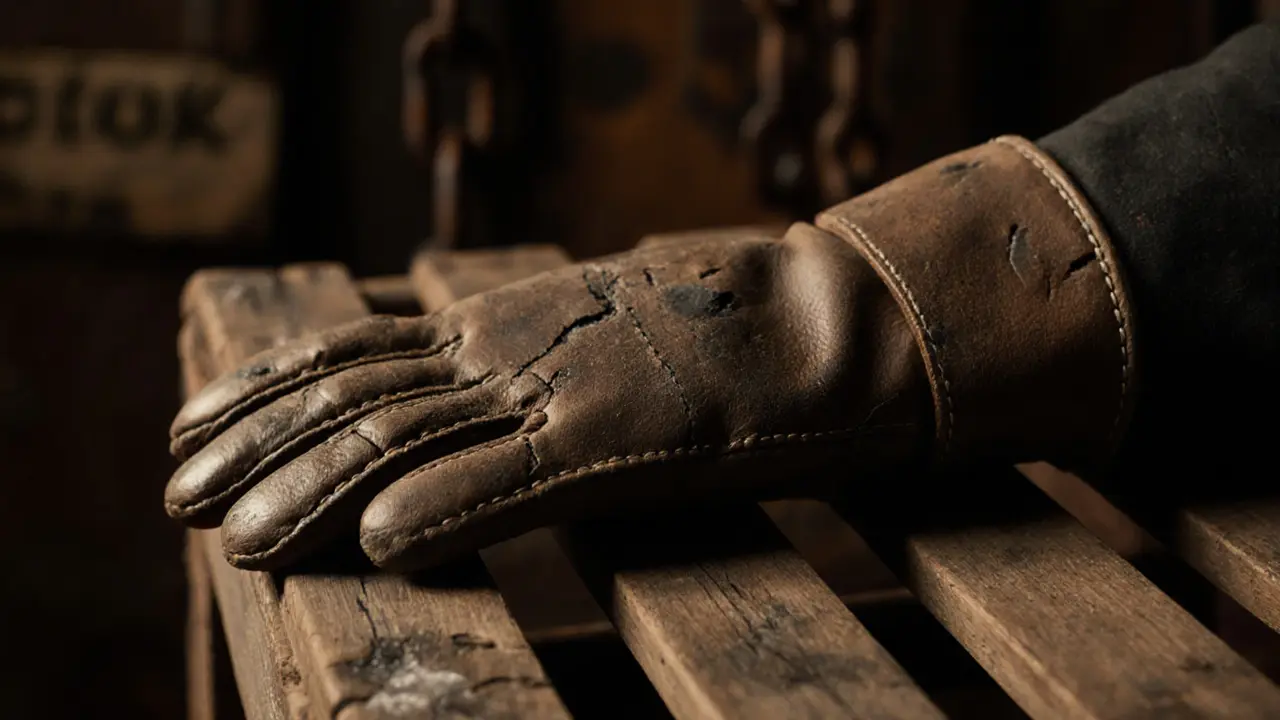Maritime History: Ships, Ports, and the Seas That Shaped Cities
When you think of maritime history, the study of human interaction with oceans, rivers, and lakes through shipping, trade, and naval activity. Also known as seafaring history, it’s not just about pirates and compasses—it’s the backbone of how cities like London grew from small ports into world powers. Every bus, coffee shop, and tech startup in modern London traces some part of its existence back to a ship that docked here centuries ago.
port cities, urban centers built around harbors that handled goods, people, and ideas across continents. Also known as harbor towns, they weren’t just places to unload cargo—they were melting pots of culture, language, and innovation. Think of the London Docklands: once the busiest port on Earth, now home to museums, luxury apartments, and rooftop bars. But behind those glass towers are stories of sailors from Jamaica, merchants from India, and dockworkers who shaped the city’s rhythm. shipping routes, established paths used by commercial vessels to transport goods between ports. Also known as trade lanes, they didn’t just move tea and spices—they moved power. The same routes that brought tea to London’s tea rooms later carried weapons in wartime, and now carry electronics and clothes. These routes didn’t change much in centuries—not because they were perfect, but because they were necessary.
naval heritage, the legacy of military sea power, including ships, strategies, and the people who served. Also known as sea defense history, it’s why London has the Royal Naval College and why the Thames still has warships moored near Greenwich. That heritage isn’t just in museums—it’s in the way the city plans its flood defenses, names its streets, and even celebrates its holidays. And then there’s trade networks, the interconnected systems of exchange that link distant economies through goods, money, and labor. Also known as commercial maritime systems, they turned London into a global marketplace long before the internet existed. These networks didn’t need Wi-Fi—they needed wind, tide, and trust. They built banks, insurance companies, and even the London Stock Exchange.
What you’ll find in these posts isn’t a dry textbook on anchors and sails. It’s the real, messy, exciting story of how water shaped how we live. You’ll read about museums that preserve the grit of dockworkers, hotels that once housed sailors, and restaurants that serve food brought in from half the world. You’ll see how the same waters that carried rum and slaves now carry tourists and tech workers. This isn’t just history—it’s the hidden foundation of your daily life in the city. Whether you’re walking past the Tower Bridge or sipping a cocktail by the Thames, you’re standing on centuries of maritime movement. And below, you’ll find guides, stories, and hidden spots that bring that past alive—in ways you never expected.
- Elara Whitlock
- October 29, 2025
- Comments 0

